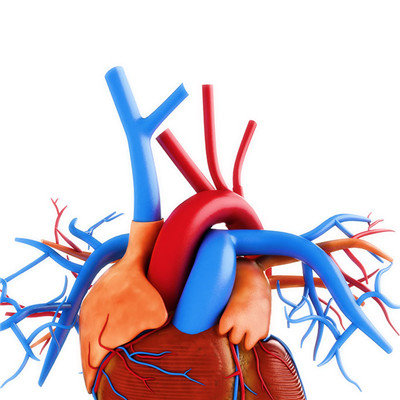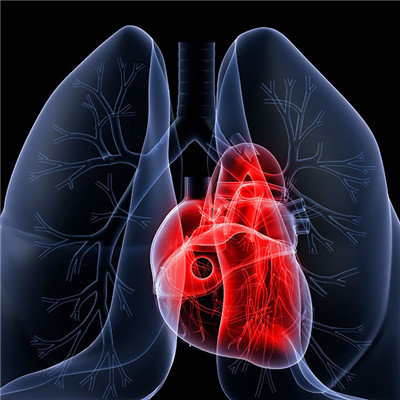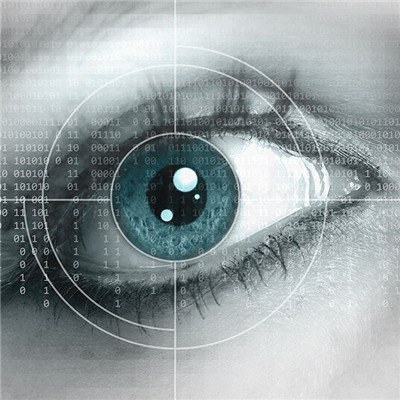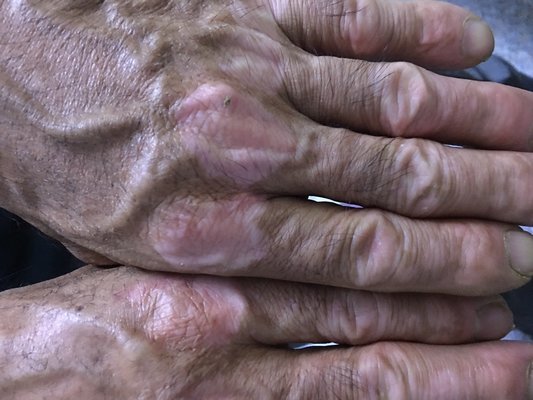Aortic dissection symptom check?
summary
Aortic dissection refers to the separation of the true and false lumen of the aortic wall, which is caused by the blood in the aortic lumen entering the aortic media from the aortic intima tear. The disease is rare, with an incidence rate of 1/100000 to 1/200000 per year, with a peak age of 50~70 years, and a male to female ratio of 2~3: 1. Aortic dissection symptom check? Let's talk about it
Aortic dissection symptom check?
There was no specific change. When coronary artery is involved, acute myocardial ischemia or even acute myocardial infarction may occur, but ECG of 1 / 3 patients can be normal. Chest X-ray showed enlargement of superior mediastinum or aortic arch, irregular shape of aorta and local protrusion.

The diagnosis of ascending aortic dissection is very valuable, and can identify the complications such as pericardium, aortic insufficiency and hemothorax. The true lumen, false lumen and their size, as well as the location of visceral artery, and the thrombus in false lumen can be revealed by enhanced scanning.

Magnetic resonance imaging (MRI) is the most clear imaging method to detect the separation of aortic dissection. It is considered as the "gold standard" for the diagnosis of this disease. Selective aortography has been used as a routine examination. The diagnosis of type B aortic dissection is more accurate, but it is less valuable for type A aortic dissection.

matters needing attention
We should monitor the change of blood pressure at least twice a day, adopt a healthy lifestyle, reasonably use drugs to control blood pressure in the normal range, appropriately limit physical activity, and avoid the occurrence of diseases caused by excessive exercise.












